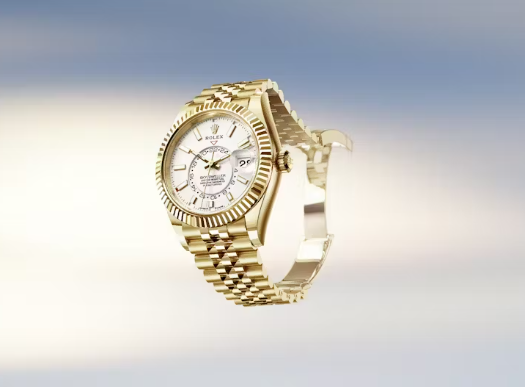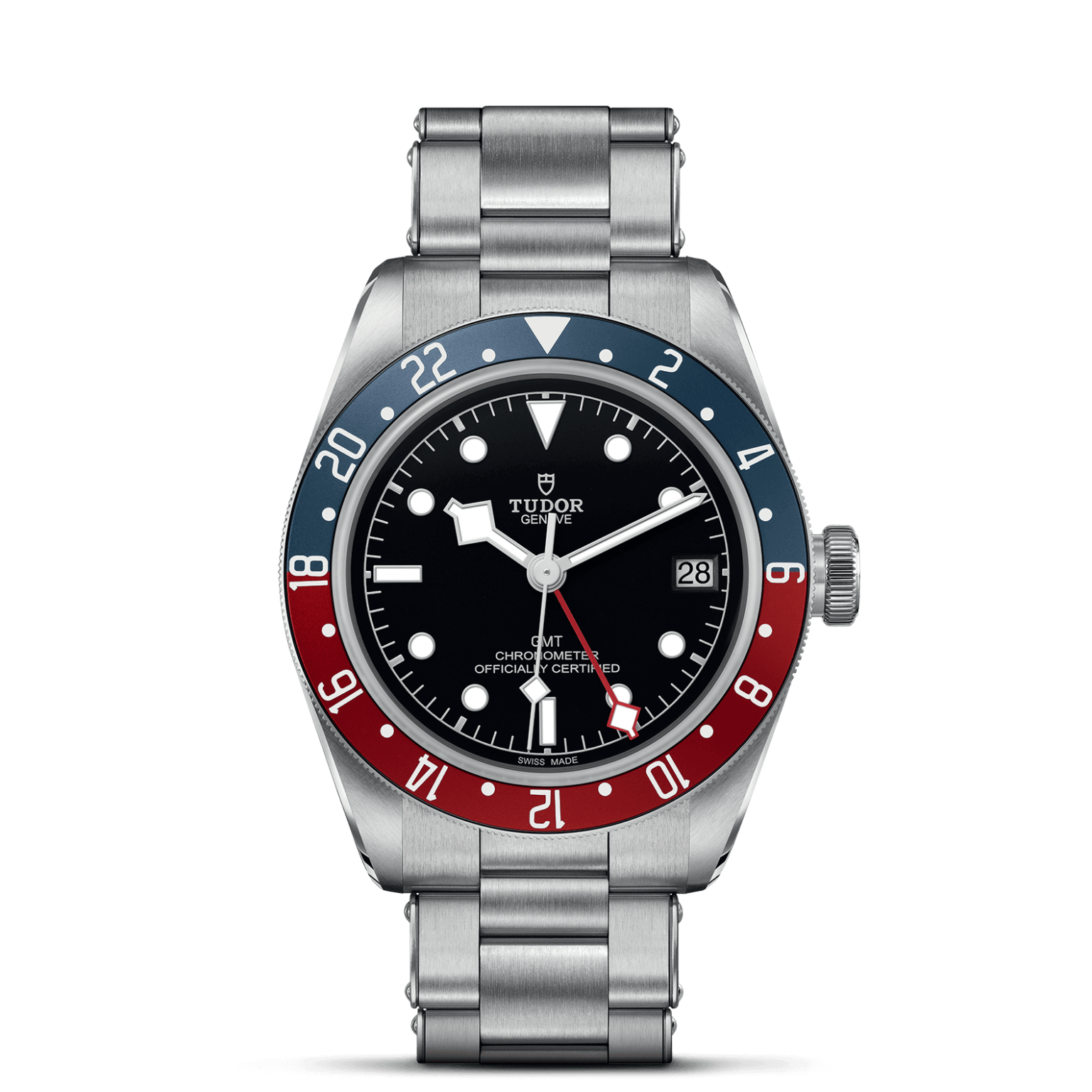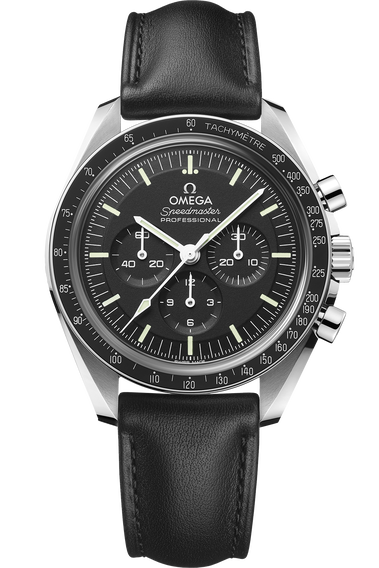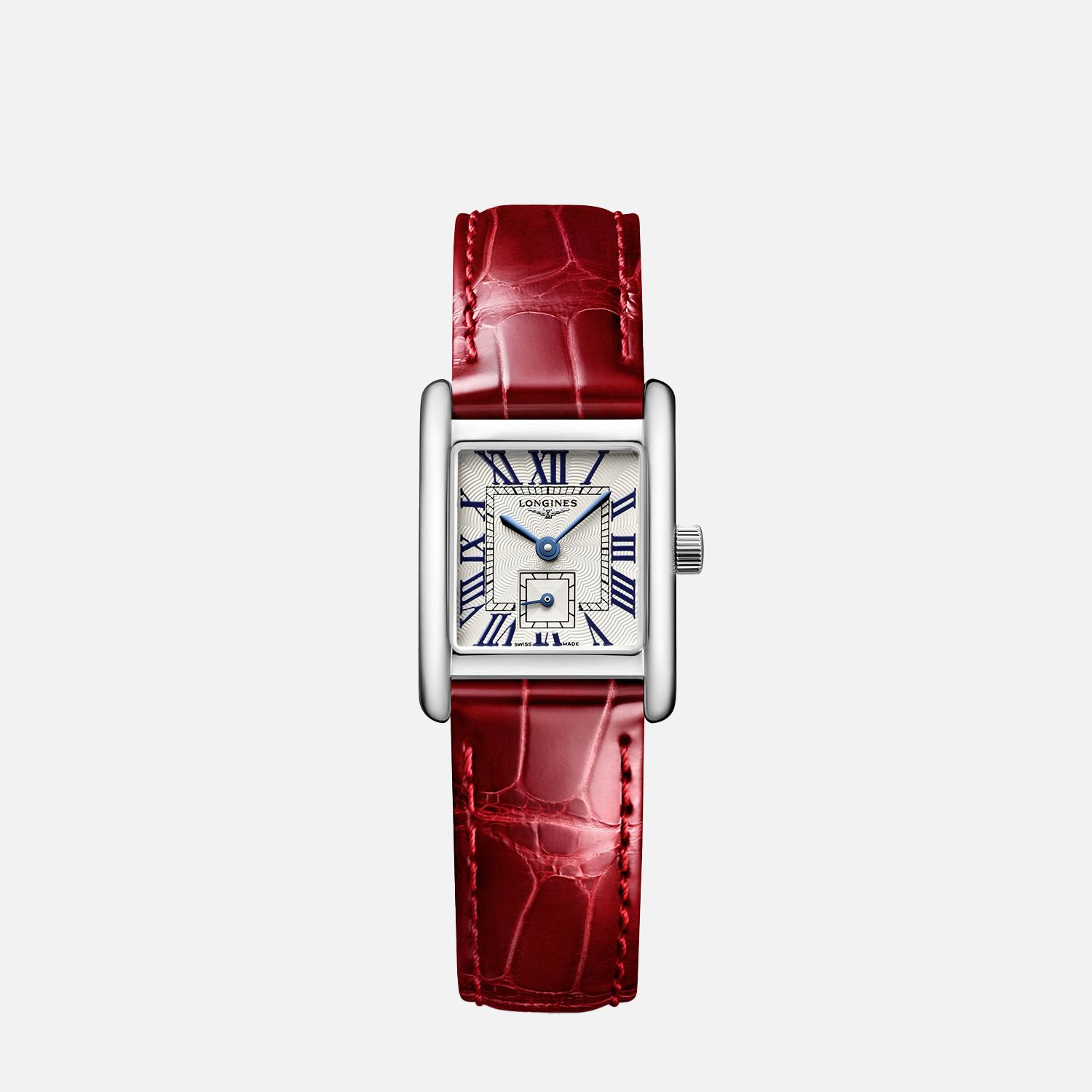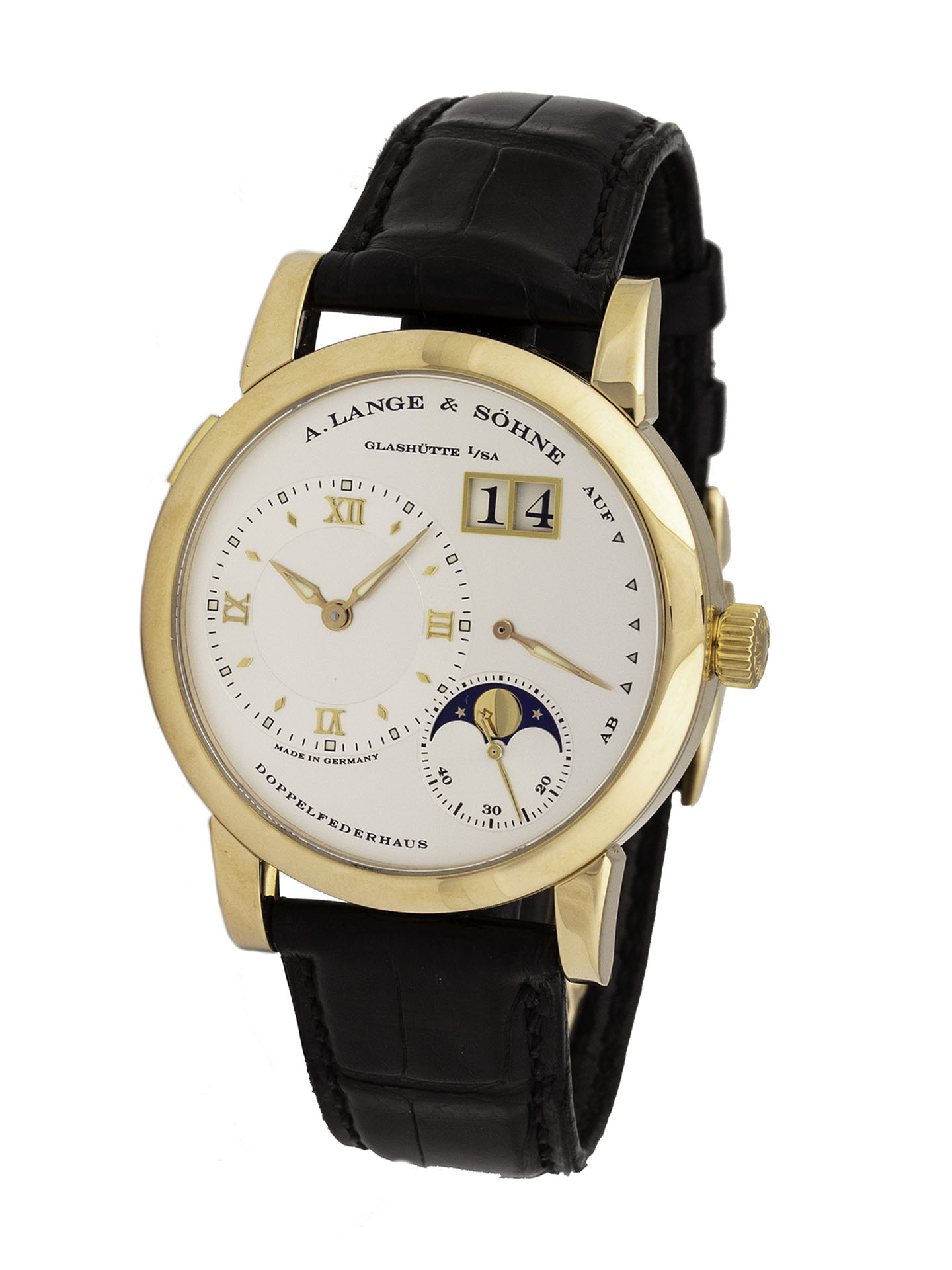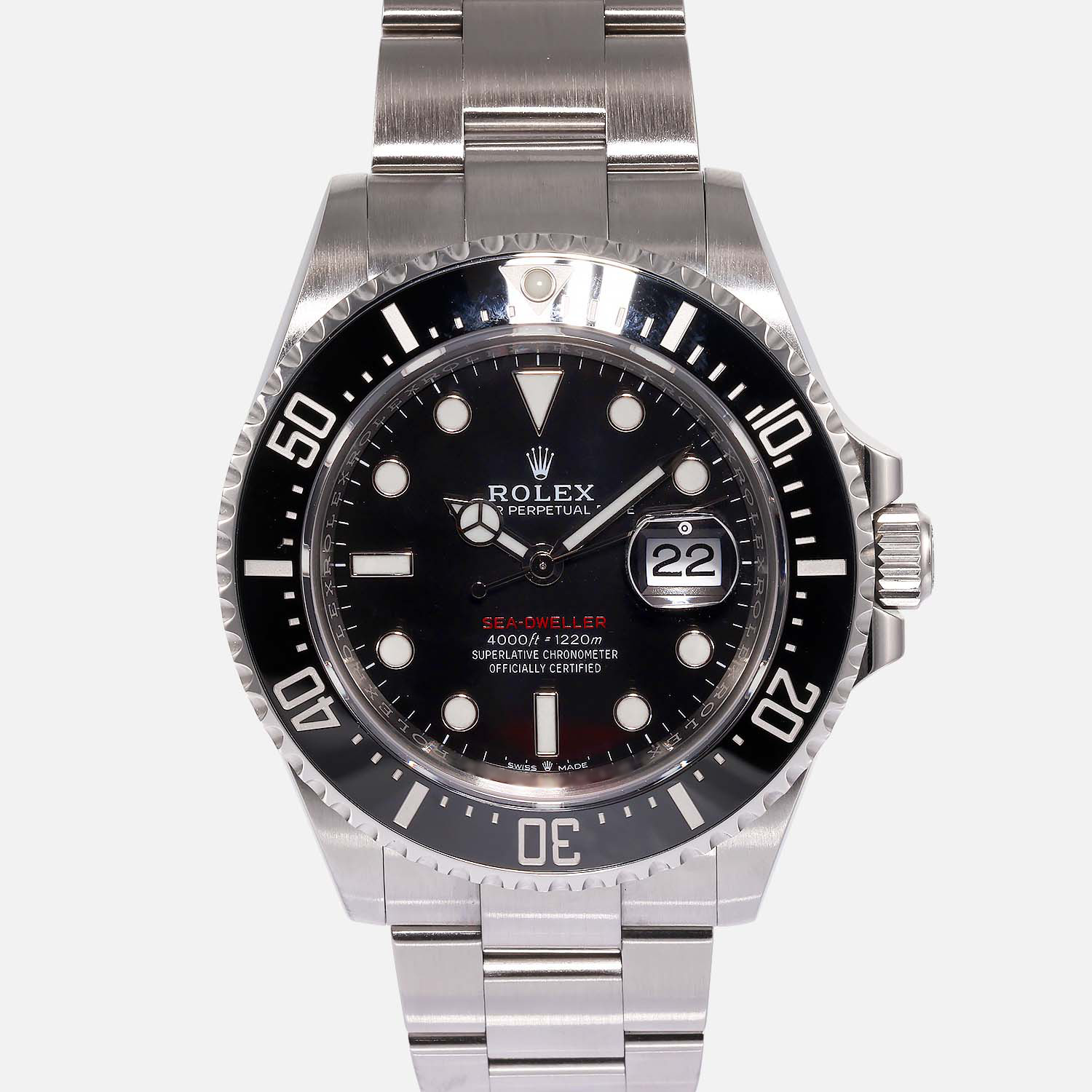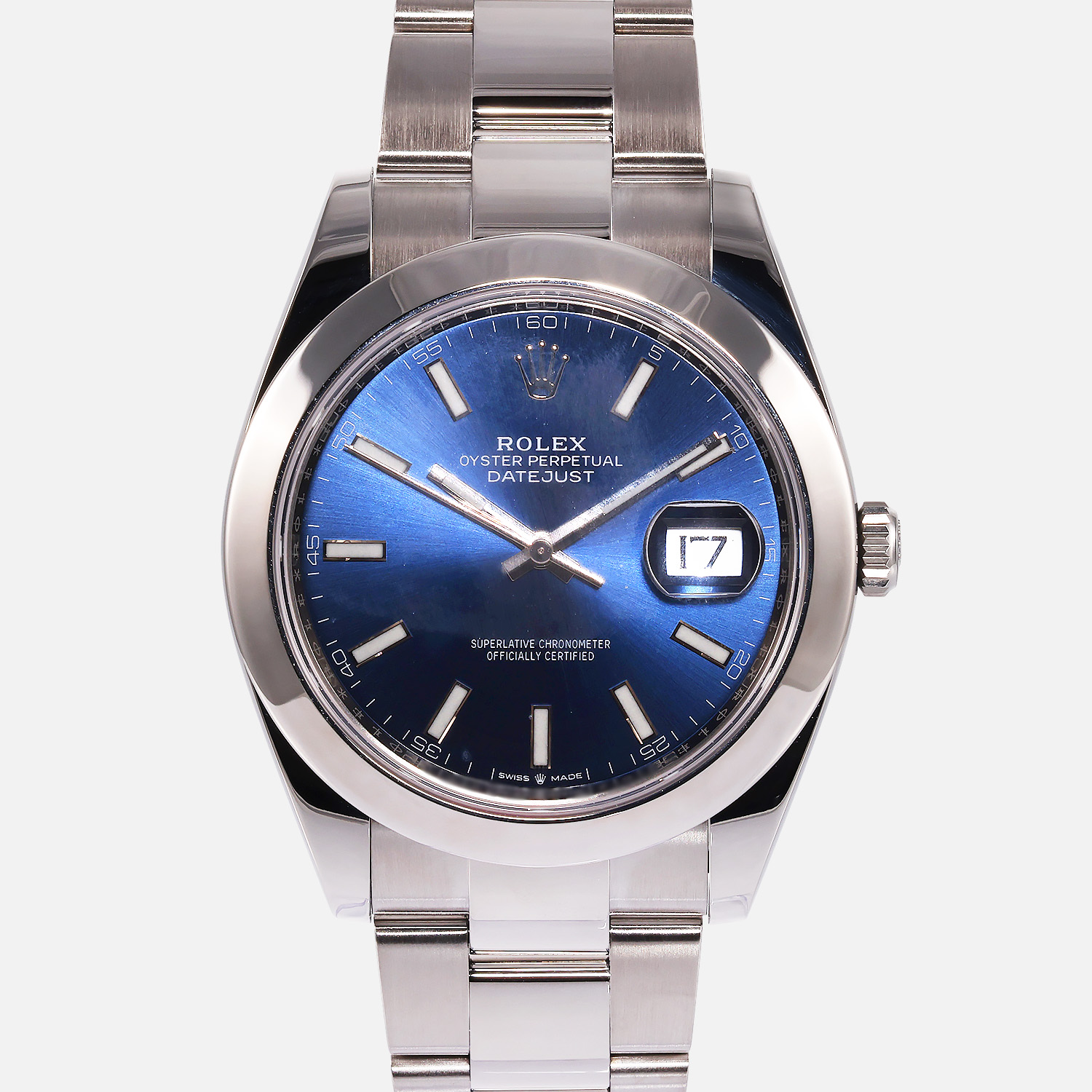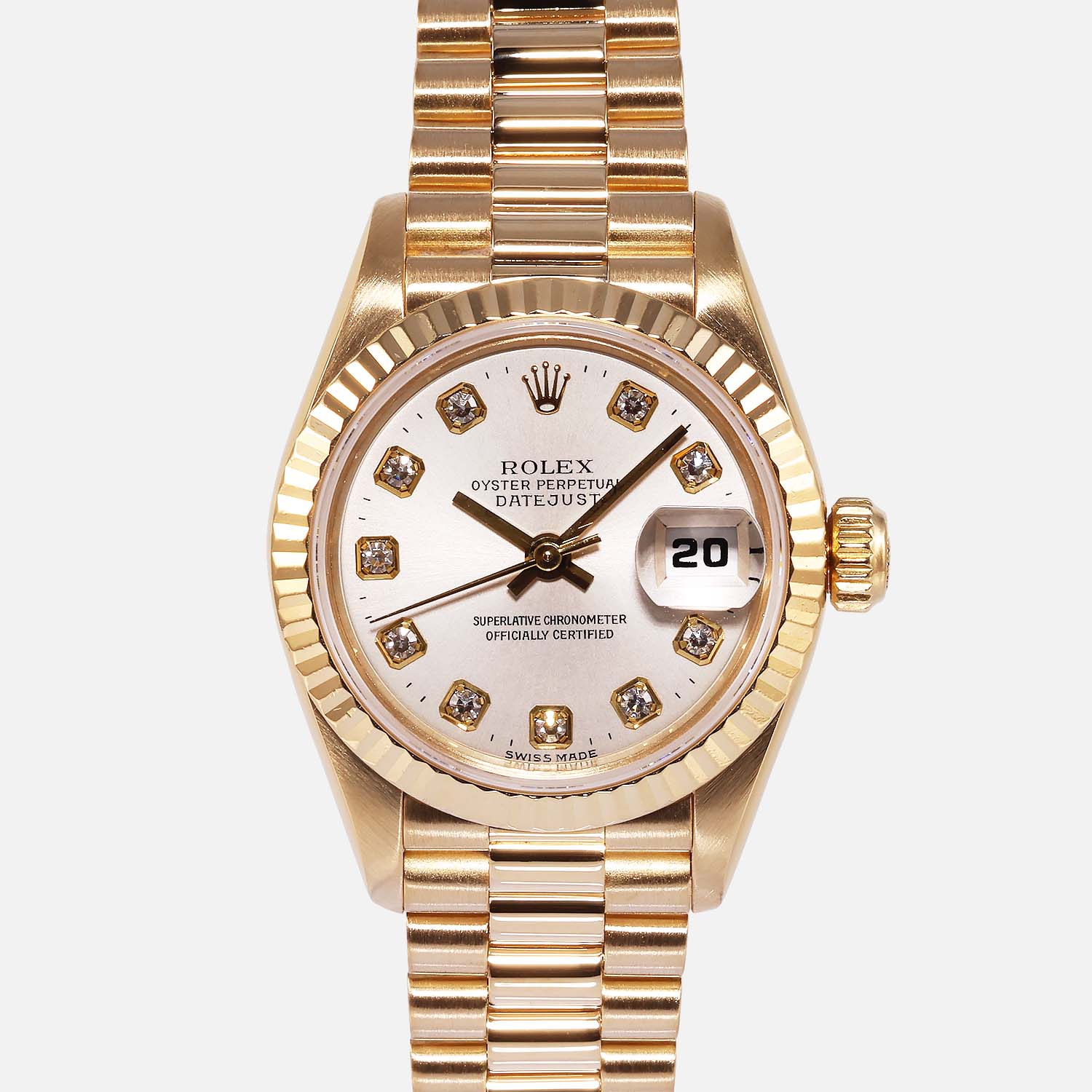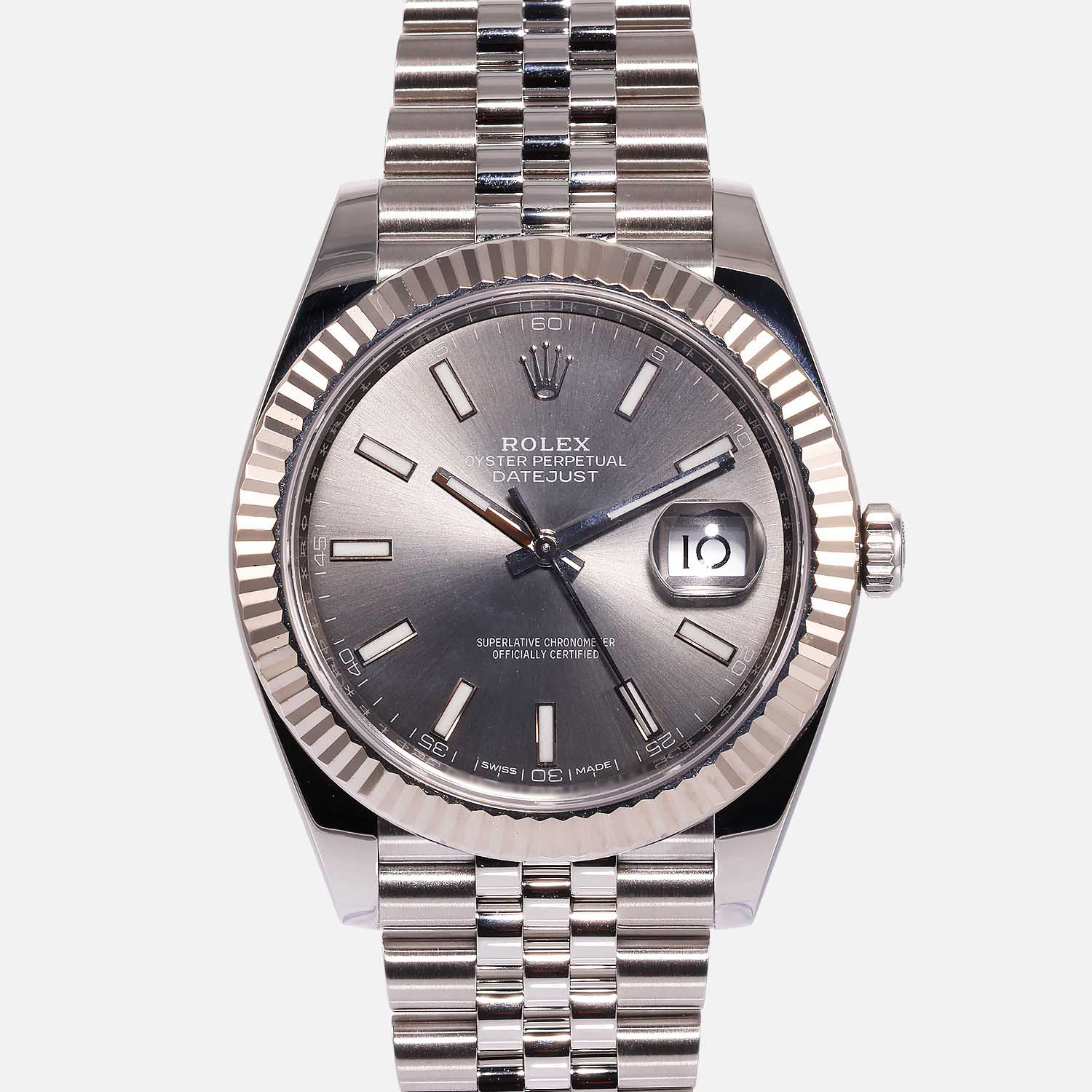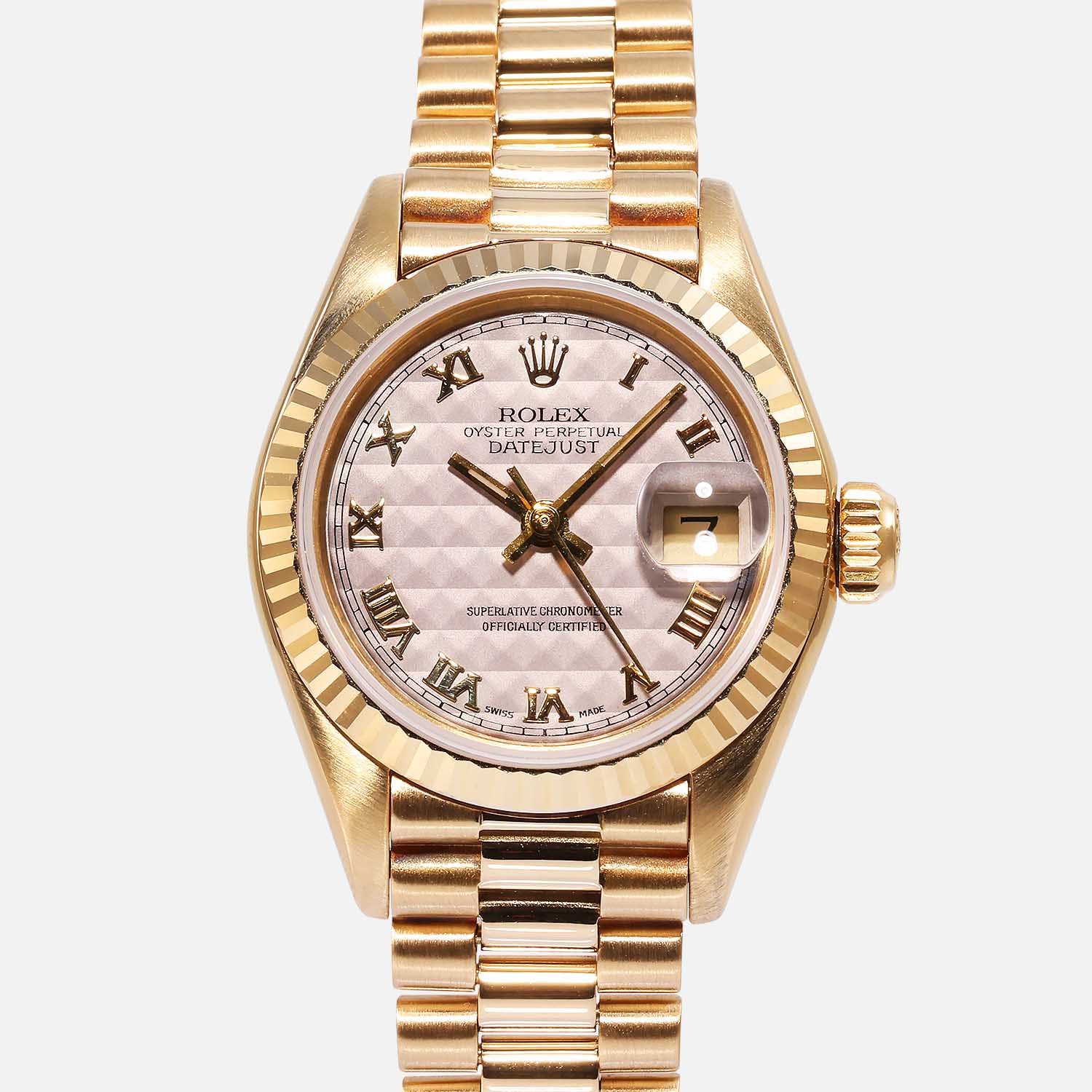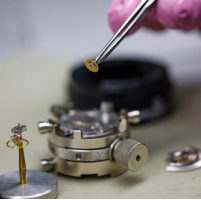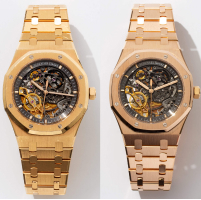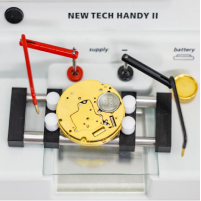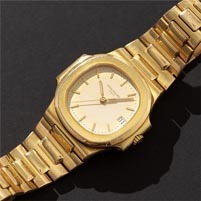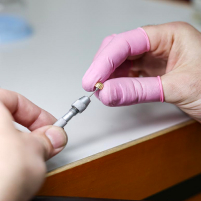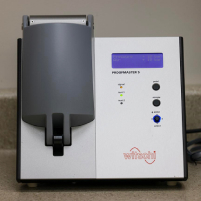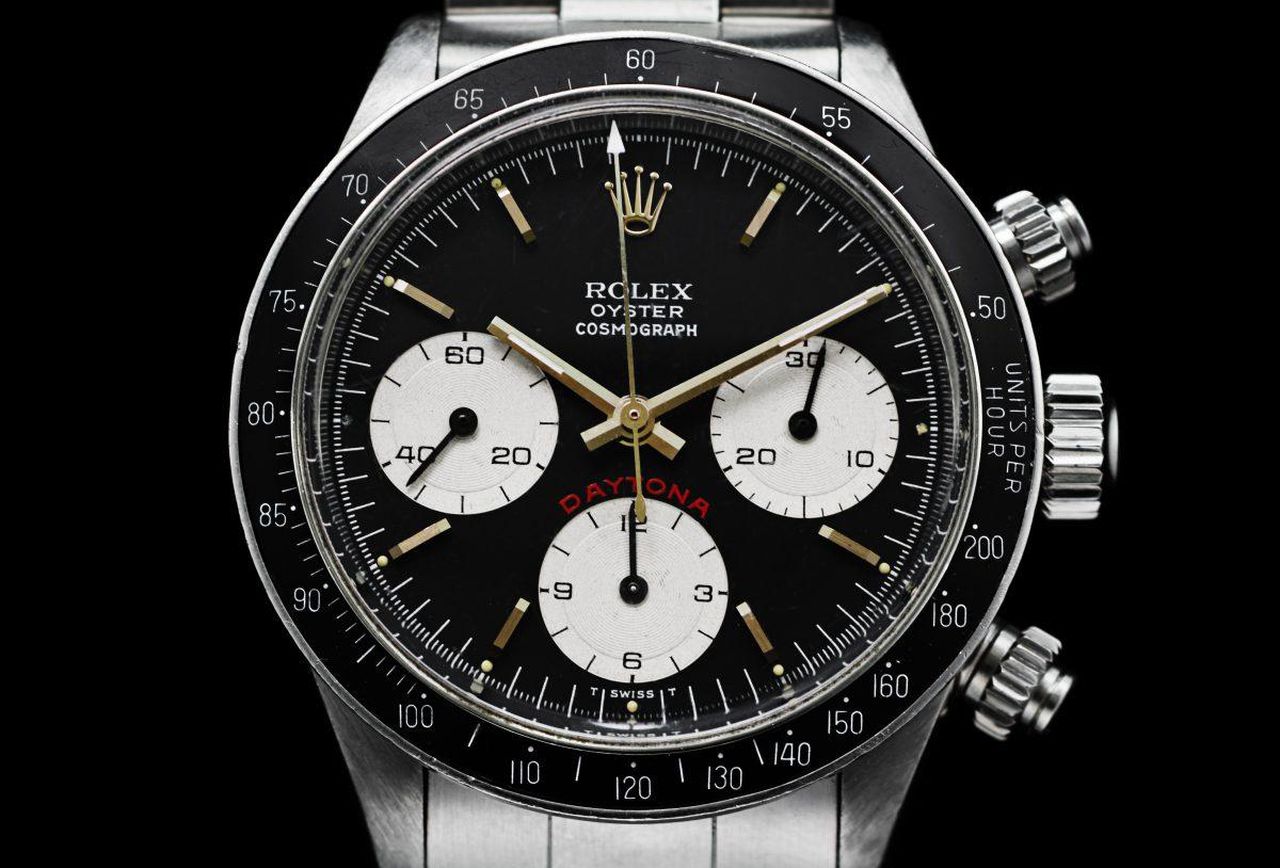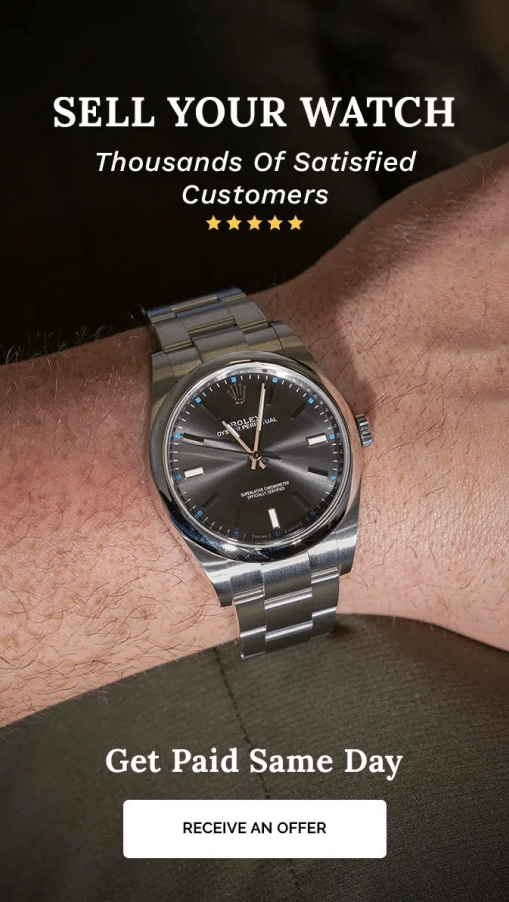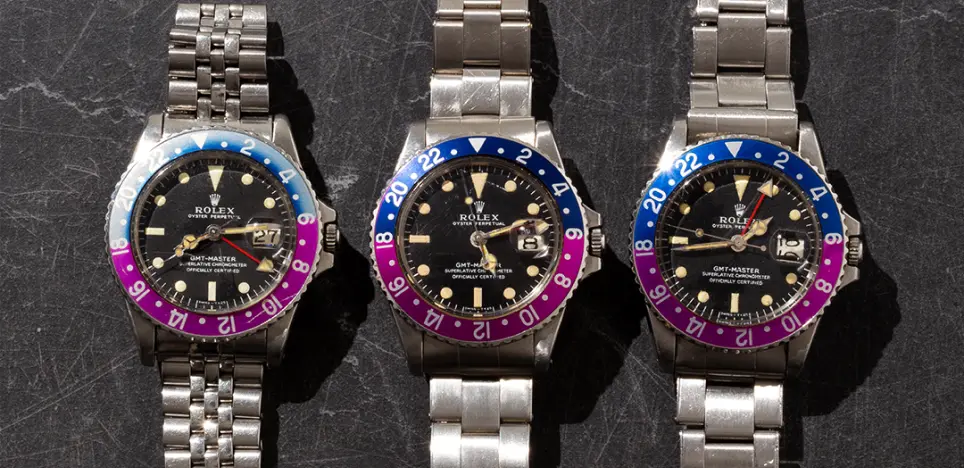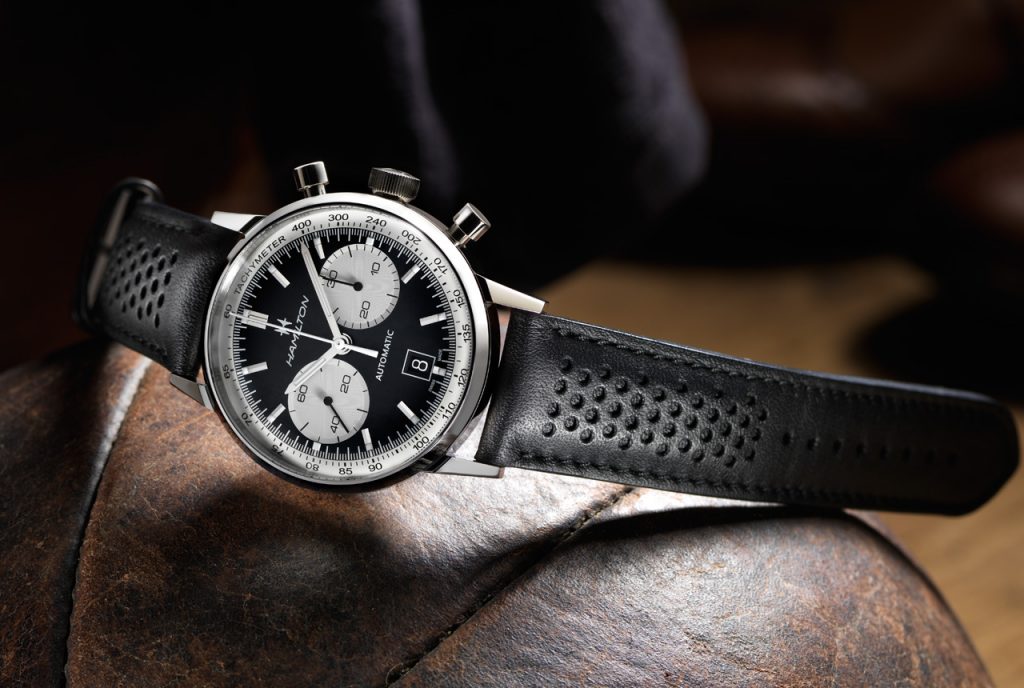History of Rolex
September 3, 2016Exploring the 116-year history of the Rolex company is to uncover innovation after innovation in marketing and precision engineering that revolutionized not just the watch industry but also the world.
From hitching a ride aboard the first submarine to reach the bottoms of the Mariana Trench to the introduction of the first automatic winding wristwatch, here is the storied history of Rolex.
The Founding of Rolex
1905 – The Birth of a Dynasty
The story of Rolex technically begins in 1905, when founder Hans Wilsdorf set up a company in London that specialized in the distribution of timepieces. But you have to back up to 1903 to get the full story when the German-born businessman first packed up and moved across the pond with only a dream in mind.
Just two years later, he founded the Wilsdorf and Davis company with his brother-in-law Alfred Davis. Little did the pair then know that fortune, fame, and international acclaim lay in wait, not three years on.
1908 – Rolex Gets Its Name
While riding on the top level of one of London’s famous double-decker buses, Wilsdorf felt inspired. For years he had been trying to think of a brand name that used a unique combination of letters and would be pronounced easily in any language, without prior connotations.
He’s quoted as saying that “a genie whispered Rolex in my ear.” Later, Wilsdorf would remark that the word also sounds like a winding watch.
1910 – Chronometric Certification
Wilsdorf began having all Rolex watches manufactured at the prestigious Maison Aegler in Bienne, Switzerland. The quality was superior, but Wilsdorf wanted all the parts to work in perfect unison.
That’s why he strove for and became, in 1910, the first wristwatch retailer to be awarded an independently ratified Chronometric Certification.
1919 – Swiss State of Mind
After England implemented a 33% tax on custom imports that impacted Rolex, Wilsdorf moved the company from London to Geneva.
The move also brought him closer to Rolex’s suppliers in Bienne. From 1919 on, Rolex has reflected the majesty and the clarity of the Swiss alps.
The Hans Wilsdorf Foundation
1944 – Founding
Just a year before the 40th anniversary of Rolex’s founding, tragedy struck the Wilsdorf family. Hans’ beloved wife Florence suddenly passed away. Wilsdorf was orphaned at the age of 12 and never had any children with Florence.
With her passing, Hans was still one of the richest, most accomplished men in the world, but there was a new hole in his life which he sought to fill.
That’s when Wilsdorf established the Hans Wilsdorf Foundation. Wilsdorf committed to passing all his shares in the company’s success on to charity.
1960 – A Legacy Enshrined
When Wilsdorf died in 1960, ownership of the company passed on to the Hans Wilsdorf Foundation. Part of the foundation works as a private family trust, which handles the disbursal of Wildorf’s shares in the company to different charitable causes.
2017 – Investing in Education
At first, the Hans Wilsdorf Foundation donated its proceeds to watch-related institutions like the Geneva Watchmaking School and the Swiss Watchmaking Research Laboratory in Neuchâtel.
Coming into the 2010s, the Foundation expanded its reach by donating $100 million to HEAD’s campus, an applied arts school in Geneva.
Technical Innovations
1926 – Crossing the Channel
In 1926, Rolex made history by debuting the first waterproof watch. To commemorate the launch of the Oyster, long-distance swimmer Mercedes Gleitze wore one while she swam across the English Channel. At the end of her 10-hour trek, the hermetically sealed case continued to read the right time.
1931 – Perpetual Movement
The engineers at Rolex utilized the kinetic experience of watch-wearing to power the mechanisms within wristwatches themselves.
In 1931, Rolex debuted Perpetual Movement technology, which uses a free rotor to harness the wearer’s movements to wind it up. Thus, self-winding became the industry standard for watches.
1945 – The Stroke of Midnight
On the event of its 40th anniversary, Rolex unveiled the Oyster Perpetual Datejust. This luminous watch, fully waterproof and available in 18-karat yellow gold, was the first self-winding chronometer to include the date on its display.
Notable wearers of the Datejust were Dwight Eisenhower, Martin Luther King Jr., and the Dalai Lama.
1971 The 24-Hour Hand
In 1971 Rolex debuted the Oyster Perpetual Explorer II, a now-iconic model that pioneered the 24-hour hand.
While the Explorer was sported far and wide, from the ivory towers of Manhattan to the towering canopies of the Amazon jungle, the watch was designed specifically for cave explorers.
These explorers would voyage into the dark for hours and days at a time, so they needed a timepiece to tell them whether it was AM or PM.
1985 – Forged in Steel
Rolex continued to innovate the Oyster line in 1985 with the creation of the first watch crafted entirely from a proprietary alloy known as “Oystersteel.”
Steels with these properties had only been used in chemical and aerospace engineering up to this point in time. Its anti-corrosion properties give it a luminous sparkle.
Being forged in steel, this model also achieved new heights of durability. Scratch-resistant and rugged, this was a watch for the laborer as much as the businessman.
2000 – Streamlining
To herald the coming of the new millennium, Rolex redefined how the timepiece construction.
Clock and watchmaking are notoriously difficult crafts, incorporating elements of trigonometry and even physics. The new Oyster model debuted in 2000 utilized only 290 components, significantly fewer than it had ever taken to craft a functional watch.
The Cosmograph Daytona incorporates 4130 chronograph caliber movements, designed and assembled exclusively by Rolex.
2005 – Enduring Beauty
Rolex unveiled a new face for its Professional models in 2005 that shocked devotees of the brand. Deep black, shining blue, and verdant green Cerachrom bezels adorned the new watches’ faces.
The brand had only ever played with golds, silvers, and browns, with the occasional red accent. These diamond-hard bezels broke from Rolex’s aesthetic tradition and broke ground for a new millennium of innovation.
Crafted from a super durable ceramic material, they were also virtually scratch-proof.
Just imagine the next century of change!
Marketing Innovations
1927 – Timeless Testimonees
Rolex has been sported by some of the world’s most gifted athletes and beloved entertainers throughout its history. From Roger Federer to Placido Domingo, the supremely talented have proudly worn the exceptionally crafted.
But what Rolex calls its “Testimonee” concept began with a young woman known as Mercedes Gleitze. Gleitze sported a Rolex Oyster as she swam across the English Channel. The waterproof Oyster kept on ticking from the Southern coast of England to the Northern Coast of France.
1935 – Breakneck Speeds
Between 1924 and 1935, the world land speed record was shattered nine times, reaching at its peak a speed of over 300 miles per hour. It was British motorist and journalist Sir Malcolm Campbell who broke it every time.
For his grand finale, in 1935, Campbell sported a Rolex Oyster while reaching never before thought imaginable speeds on the Salt Flats of Utah. Interestingly, Campbell never allowed Rolex to pay him. He didn’t see it as sponsorship. He simply sought out the best watch.
1946 – Greater Inclusivity
Throughout its first half-century, Rolex was reserved for the wealthy and influential. That all changed in 1946 with the launch of the affordable Tudor brand.
Wilsdorf registered the Tudor trademark in 1926 but waited 20 years to found the Tudor brand and began manufacturing a line of watches. He refused to launch a product until it met his high standard.
The Tudor brand aimed to make Rolexes accessible for everyone. Tudor’s Oyster line was still waterproof and employed a self-winding rotor, and all Tudor watches still came from premium, durable material.
1953 – A Monumental Year
1953 saw the release of two new watches from Rolex that still enjoy popularity today: the Explorer and the Submariner.
The Submariner was patented to withstand all the mighty forces of the sea, and the Explorer was designed to tackle the land, from the tallest mountain to the deepest valley.
These watches were worn by the likes of Sir Edmund Hillary and Auguste Piccard when they made history. You can take part in that history with the Submariner and Explorer, which are still available today.
1960 – New Heights – and New Lows
The Rolex company frequently sponsored exploration of the furthest reaches of the planet in the mid 20th century. In 1960, Rolex sent a watch further down in the ocean than had ever been sent before.
The Trieste, a cutting-edge bathysphere, became the first vessel to touch the bottom of the Mariana Trench. The Mariana is the deepest trench on Planet Earth, and Lieutenant Don Walsh fearlessly breached its depths with a Rolex on his wrist.
1971 – A French Alliance
Rolex officially partnered with COMEX, or Compagnie maritime d’expertises, a prestigious French diving group, to solidify its relationship with the deep-sea diving community.
That relationship spanned almost three decades and produced nine COMEX watches. It’s these watches that established Rolex as the most popular modern watch brand among collectors and enthusiasts.
1976 – Rolex Awards
1976 marked the 50th anniversary of the Oyster, Rolex’s most popular and enduring watch. To celebrate the occasion, Rolex hosted the first-ever Rolex Awards for Enterprise.
These awards aimed to honor those who best represent the Rolex brand in possessing courage in the face of overwhelming obstacles and dignity in the face of danger.
1992 – Sailing Away
1992 saw the release of two new watches from Rolex: the Pearlmaster, an update to the popular Lady-Datejust, first released in 1957, and the Yacht-Master, the latest version of the Oyster.
The yacht-master marked a shift in Rolex’s relationship with the deep-sea diving world to the sailing community’s. The most significant signal of that shift was a boost in luxury: the first Yacht-Master glistened in pure, 18-karat gold.
2002 – Inspiring Young Minds
Research has shown involvement in the arts from a young age leads to positive developmental outcomes. From promoting practices of cooperation to improving mental health, youth arts programs are vital to communities around the world.
That’s what makes Rolex’s Mentor and Protégé Arts initiative so noteworthy. This program seeks to pair burgeoning young artists with celebrated masters to encourage youth to learn and grow.
Since 2002 Rolex has paired young dancers, writers, filmmakers, and architectural enthusiasts with mentors who help them develop portfolios and even gain entry into professional networks that will help them the rest of their lives.
2012 – The Rolex Rainbow
Rolex took the hints of color from their 2005 models and exploded them to vivid effect in the Sky-Dweller Rainbow Daytona.
Launched in 2012, this colorful new vision from Rolex came in white and yellow gold and hit almost instant cult status among collectors. The company produces a limited number of rainbows every year, incorporating genuine sapphires and pink gold crystals.
FAQs
When Was Rolex First Made?
The history of the Rolex company stretches back to 1905. But founder Hans Wilsdorf didn’t unveil the first completed Rolex watch until 1908.
Why is Rolex called Rolex?
Wilsdorf is said to have conceived of the name while riding atop a double-decker bus in London. This was before the company moved to Geneva, in 1919.
Wilsdorf claimed that the word appeared in his mind fully formed as if whispered by a genie. He later remarked that Rolex was the perfect name because it’s easily pronounced in any language.
An Iconic Legacy
The remarkable history of Rolex is like a snapshot of the 21st century. Many of the milestone technical and marketing innovations that we take for granted today were first pioneered by Rolex.
A timeless heritage like this deserves to be studied and treasured in equal measure.
All of Our Watches Are 100% Authentic and Certified By Our In-House Swiss Trained Watchmakers
Brick and Mortar Store For Over 30 Years
Have Any Questions? Speak With One Of Our Sales Professionals


